National Symbols of IndiaIndia has several official national symbols, which are described as follows:
1) National Emblem: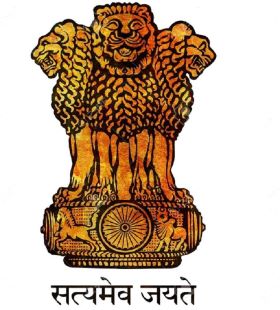
It is an adaptation of the Lion Capital of Ashoka at Sarnath that consists of four Asiatic Lions standing on a circular abacus (short cylindrical base) and facing four different directions. It was approved as one of the national symbols of India on 26 January 1950, as a declaration of the newly acquired Republic status of India. It is also used for official purposes, you may see it on the letters of the govt. of India. Besides this, every citizen is required to respect the emblem. The sculptures of an elephant, bull, lion, and horse have been carved on the abacus. The Dharm Chakra (a wheel of law) lies separates the one sculpture from the other. The entire symbol is carved out of a single block of sandstone and is fixed on a bell-shaped, inverted lotus flower. The words "Satyameva Jayate" which means "Truth Alone Triumphs" have been inscribed in Devanagari script below the abacus. It is also used for official purposes, you may see it on the letters of the govt. of India. Besides this, every citizen is required to respect the emblem. 2) National Animal: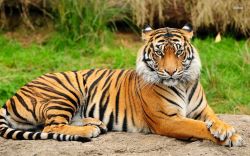
The Bengal Tiger, a powerful predator that is known for its agility, strength and stamina, is the National Animal of India. Its scientific name of this striped animal is Panthera tigris. It is characterized by its thick golden yellow coat of fur with dark stripes. Earlier the national animal of India was lion before the Bengal tiger. But, in April 1973 Bengal Tiger was chosen as the national animal of India with the launch of "Project Tiger" to protect the tigers from the hunter and prevent the decreasing population of tigers, the govt. of India launched Project Tiger in 1973. An adult male Bengal tiger weighs up to 300 kg and can be 300 cms in length. As of now, around 27 tiger reserves have been established in India under the aegis of Project Tiger. 3) National Song: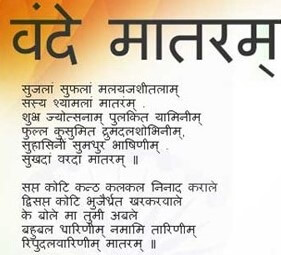
Vande Mataram is the national song of India. It was composed by Bankim Chandra Chatterjee in Sanskrit on 7 November 1875. He wrote it at Chinsurah near river Hooghly. It was declared the National Song of India on 24 Jan 1950. In 1896, it was sung for the first time at the Indian National Congress session in Calcutta. The freedom fighters used to sing this song to motivate themselves during their struggle for freedom. It was taken from the Anand Math (1882), which is a famous novel of Bankim Chandra. 4) National Anthem of India: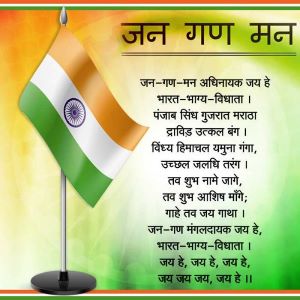
The Hindi version of Jana Gana Mana was adopted as the national anthem of India on 24 January 1950. Initially, it was composed in Bengali by Rabindranath Tagore. It was sung in Kolkata for the first time during Indian National Congress session on 27 December in the year of 1911. There are a total of five stanzas in the complete song. The first stanza is used as a full version of the National Anthem with a playing time of around 52 seconds. 5) National Calendar: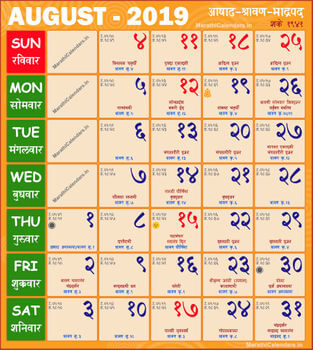
The Saka Era is the National Calendar in India. It was adopted as a national symbol in 1957 by govt. of India. Chaitra is considered as the first month and Pahalgun as last month. This calendar starts with 22 March and consists of 12 months or 365 days just like a normal year. In a leap year, the starting day is 21 March. It is based on the luni-solar reckoning of time. Saka calendar represents the rich heritage of India and the intellectual capabilities of ancient India. 6) National Bird: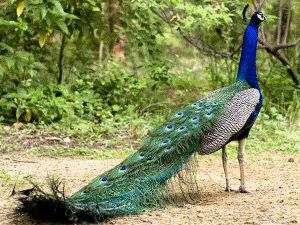
The national bird of India is peacock. Its scientific name is Pavo cristatus. It was adopted as a national bird in the year of 1963. This colourful bird is characterized by a fan-shaped crest made of upright feathers present on the top of its head and white patches around the eyes and beautiful feathers, and long, slender neck. Peacock is considered a symbol of beauty and grace. It is a part of the culture and customs of India and is found throughout the country. The male peacock is more graceful and colourful than female peacocks. 7) National Aquatic Animal:
River Dolphin, which is also known as Gangetic dolphin, is the national aquatic animal of India. Its scientific name is Platanista gangetica. In India, it is a rare species of dolphin that was once found in the river Ganges in large numbers. It prefers to live in freshwater water bodies. On 5 October 2009, it was adopted as a national aquatic animal of India the govt. of India. Its body is flexible and it can weigh up to 150 kg. River Dolphin is kept in the Schedule 1 of Wildlife Protection Act, 1972 to prevent its decreasing population. 8) National Fruit: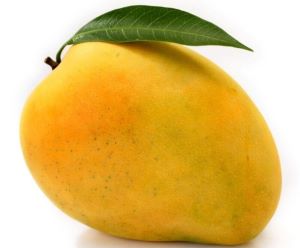
Mango is regarded as the national fruit of India. Except for hilly areas, it is cultivated throughout the country, however, it is available in the summer season. In India, over 100 species of mango are grown that differ from each other in terms of shape, size, and colour. The scientific name of mango is Mangifera indica. It became the national fruit of India in 1950 as it is found to have all fundamental features to become national fruit of the country. It has been described as the 'food of the god' in the sacred Hindu Vedas and is mentioned in the cultural and religious heritage of the country. The sweet fragrance and different flavours of this fruit are highly cherished all over the world. The fruit is also very nutritious as it is a rich source of vitamin A, C and D. 9) National Tree: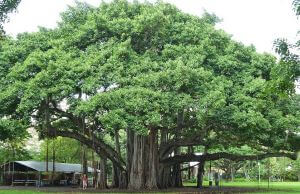
Banyan tree is regarded as the national tree of India. Its scientific name is Ficus bengalensis. The tree is found throughout the country and is characterized by its huge structure, large trunk, deep roots that represent the unity of India. Besides this, the large canopy or shade of the tree helps protect people from the scorching sun during summers. So, it is widely found near temples, and in villages where villages meeting are held its shade. The tree is also used for various purposes such as its wood and bark is used in the production of paper, roots are used in making ropes, the sap is used for treating skin allergies, dysentery, ulcers, and toothaches. It is also regarded as a 'kalpavriksha' which is a Sanskrit word which means a divine tree that can fulfil wishes. It is also worshiped by married women for long and happy married life. Besides this, owing to its longevity, it is considered immortal. 10) National Flower: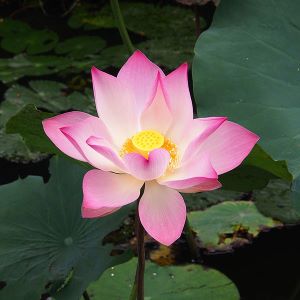
Lotus flower (scientific name: Nelumbo nucifere) is regarded as the national flower in India. It is an aquatic herb which is called 'Padma' in Sanskrit. It is a sacred flower for Indians and is an integral part of the Indian culture since ancient times. Lotus is the flower of goddess Laxmi. It grows in shallow muddy water. Lotus represents the core values of Indian culture and heritage that includes spirituality, knowledge, wealth, purity of heart and mind, and more. The interesting fact about lotus is that although it grows in muddy water it remains above the level of the water, untouched by the muddy water. 11) National River: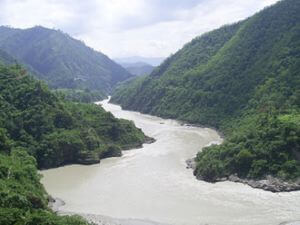
The sacred river Ganga is the national river in India. It was declared a national river of India in 2008 by the then prime minister for the success of the Ganga Action Plan introduced by late Prime Minister Rajiv Gandhi in 1985. Ganga is the longest river of India that starts from the Dev Prayag and travels thousands of kilometres while flowing through valleys, plains, etc., before merging with the Bay of Bengal in West Bengal. A lot of religious ceremonies of Hindus are performed at banks of river Ganga at various cities such as Haridwar, Varanashi, and Allahabad. 12) National Reptile: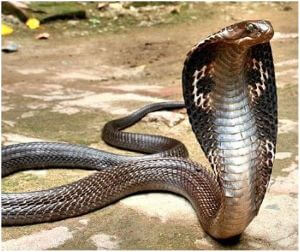
The King Cobra (scientific name: Ophiophagus hanna) is the national reptile of India. It is the world's longest venomous snake that measures up to 3m in length. It feeds on small snakes, lizards, rodents, etc., and can inject around 6ml of venom in a single bite that can kill 20 people or an elephant. It is a sacred animal among Hindus, they worship it during certain occasions such as Nag Panchami. The lord Shiva also holds a snake around its neck and Indian King Cobra can be seen nearby Jyotirlingas of Lord Shiva. It prefers to live rain forests and plains. Besides this, it is the only snake in the world that builds nests for its eggs and guards them until they hatch.
Next TopicNational Awards in India
|
 For Videos Join Our Youtube Channel: Join Now
For Videos Join Our Youtube Channel: Join Now
Feedback
- Send your Feedback to [email protected]
Help Others, Please Share










